We can take a high impedence point to logic 1 (Say it is 5V) by just pulling it up
(possibly through a high impedance)
to VCC. But pulling dowm the same point may not make the point to GND potential.
A good quality zero logic means that it has low impedence sinking
capacity.
Suppose you made a switch using an NPN transistor, and the base is pulled up.
And now you have a logic circuit, which has an input and a single output.
Here you can never turn off the circuit using a pull down resistor, you can
turn the switch off only by directly connecting the input terminal to GND.
So we can't say a pulled down terminal is logic ZERO.
But finally it depends on the
type of logic that we use.
